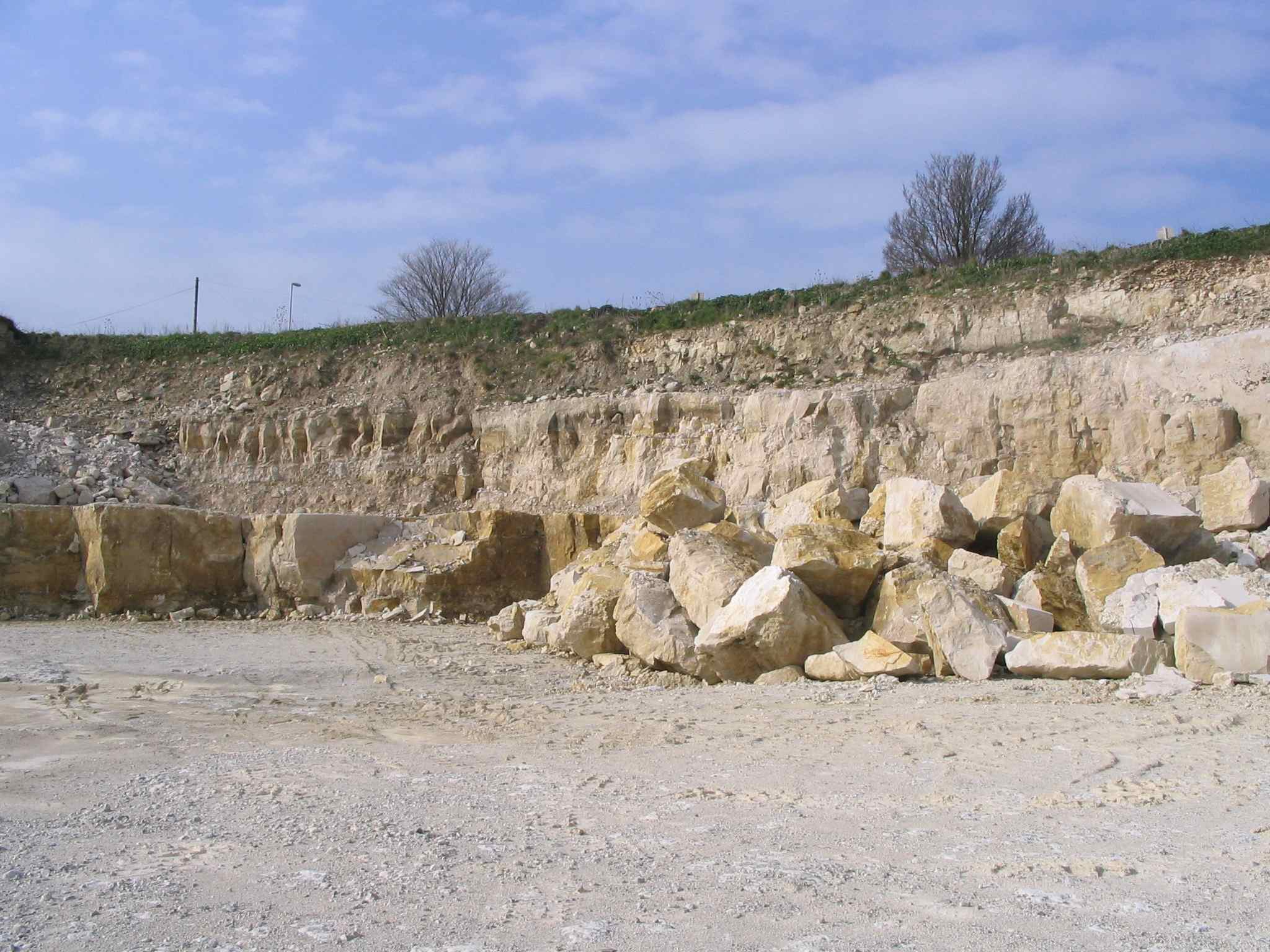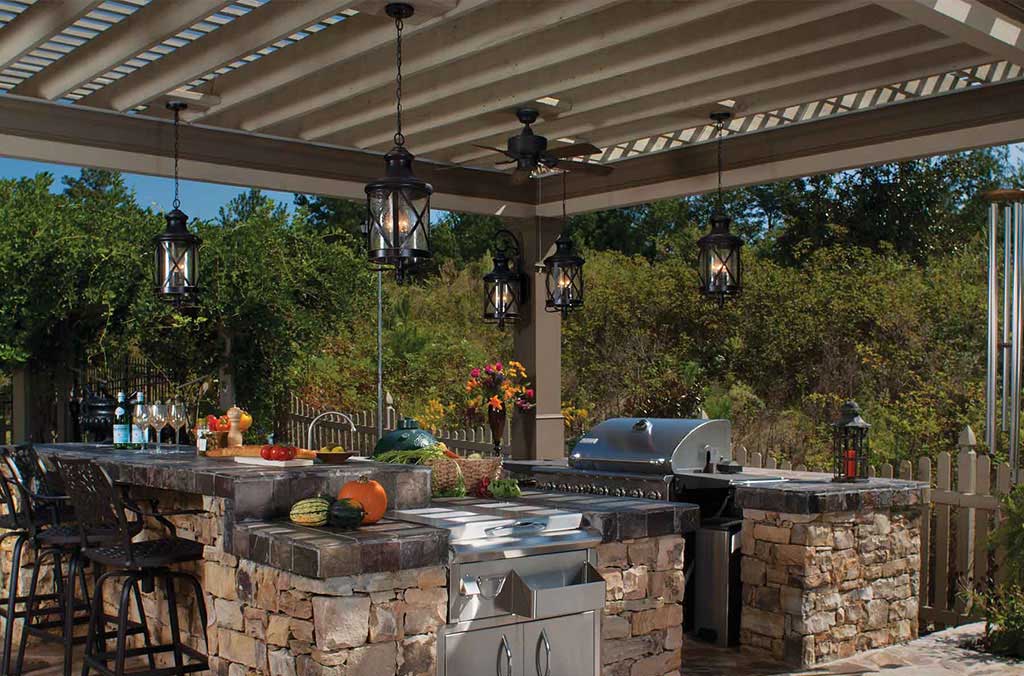Interior design trends have evolved over the years, with a growing emphasis on sustainability and eco-friendliness. One of the materials that has stood the test of time and remains a symbol of both luxury and environmental responsibility is natural stone. Using natural stone in interior design offers a myriad of sustainable benefits that go beyond its timeless beauty. In this article, we'll explore how natural stone contributes to sustainable and eco-conscious interior design.
Durability and Longevity
One of the most significant sustainable advantages of using natural stone in interior design is its durability and longevity. When properly maintained, natural stone surfaces can last for generations. This longevity reduces the need for replacements, minimizing waste and the environmental impact associated with manufacturing and disposing of materials. In contrast to synthetic materials, which often require more frequent replacements, natural stone helps conserve resources and reduce the carbon footprint of a space

Minimal Processing
The extraction and processing of natural stone typically involve minimal chemical treatments and energy consumption. Unlike some industrial materials that undergo extensive manufacturing processes, natural stone is quarried from the earth and cut into slabs with relatively minimal processing. This results in a lower carbon footprint compared to synthetic alternatives, which may involve energy-intensive production methods and the release of harmful emissions

Energy Efficiency
Natural stone's thermal mass properties contribute to improved energy efficiency in interior spaces. It has a high heat capacity, meaning it can absorb and store heat energy. In spaces where temperature regulation is essential, such as homes or commercial buildings, natural stone surfaces help maintain stable indoor temperatures. This reduces the reliance on heating and cooling systems, leading to lower energy consumption and reduced greenhouse gas emissions

Local Sourcing
Opting for locally sourced natural stone supports regional economies and reduces transportation-related carbon emissions. Many regions have abundant natural stone resources, making it an eco-friendly choice when sourced nearby. By selecting local stone varieties, interior designers and homeowners can significantly lower the environmental impact associated with long-distance transportation

Low Maintenance and Water Efficiency
Natural stone surfaces are known for their low maintenance requirements. They are easy to clean and resistant to stains, making them less dependent on harsh chemical cleaners that can harm the environment. Additionally, the use of natural stone in bathrooms and kitchens can contribute to water efficiency. Stone is water-resistant and less prone to water damage, reducing the need for costly and resource-intensive repairs

Timeless Aesthetics
The sustainability of natural stone extends to its timeless aesthetics. Its classic beauty never goes out of style, reducing the need for frequent remodeling or updates to keep up with fleeting design trends. This, in turn, results in less waste and a longer lifespan for the materials used in interior spaces

Recyclability
Natural stone can be reclaimed, recycled, or repurposed, further extending its sustainable lifecycle. When a structure or interior design is no longer in use, natural stone can be salvaged and used in other applications, reducing the demand for new materials and conserving natural resources.
In conclusion, natural stone is a sustainable and eco-conscious choice for interior design that goes far beyond its luxurious appearance. Its durability, minimal processing, energy efficiency, and other inherent qualities make it a responsible option for those seeking to create sustainable and timeless interior spaces. By selecting natural stone, designers and homeowners can contribute to a more environmentally friendly and aesthetically pleasing future in interior design.










